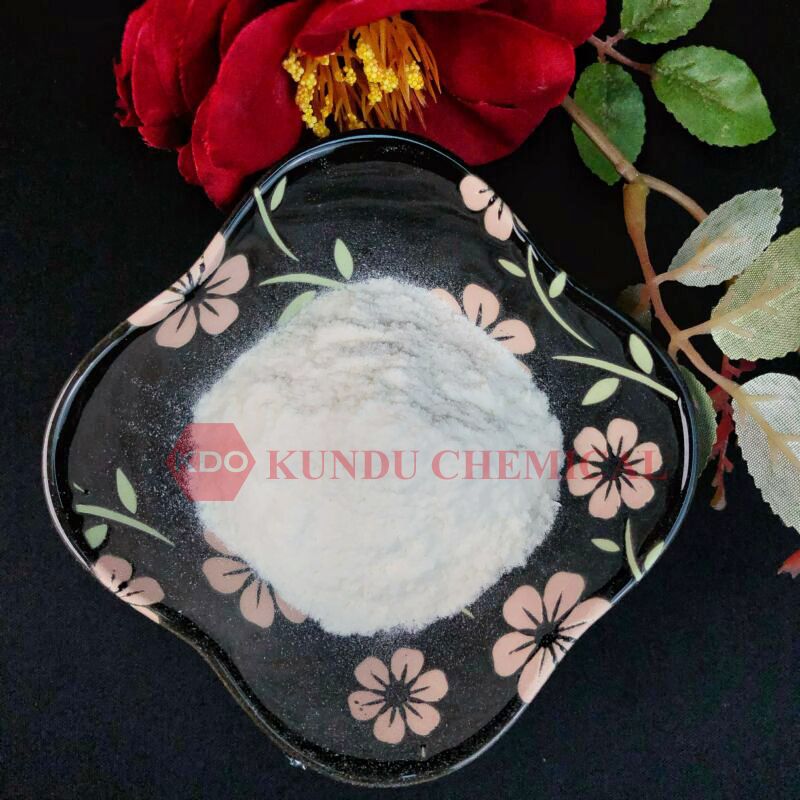What are the main differences between MHEC and HEMC?
In the world of chemicals, understanding the subtle differences between various compounds can make a significant impact on industrial processes and product performance. Two such compounds, MHEC and HEMC, although similar in many aspects, possess distinct characteristics that set them apart. Let's delve into the disparities between MHEC and HEMC, exploring their chemical structures, properties, applications, and more.

MHEC, or Methyl Hydroxyethyl Cellulose, and HEMC, or Hydroxyethyl Methyl Cellulose, are both cellulose ethers commonly used in industrial applications. While they share similarities in their names and chemical composition, they exhibit notable differences in their properties and performance.
Understanding these discrepancies is crucial for industries utilizing these compounds, as selecting the appropriate one can affect product quality, process efficiency, and overall cost-effectiveness.
Chemical Structure
MHEC and HEMC are both derived from cellulose, a naturally occurring polymer found in the cell walls of plants. However, their chemical structures vary slightly, primarily due to differences in the arrangement of functional groups.
Methyl Hydroxyethyl Cellulose features a backbone of cellulose with both methyl and hydroxyethyl groups attached, whereas HEMC comprises cellulose with hydroxyethyl and methyl groups. This subtle distinction in molecular arrangement influences their properties and behavior in various applications.
Properties
Physical Properties
MHEC typically exhibits higher viscosity compared to HEMC, making it suitable for applications requiring thicker consistency or improved water retention properties. On the other hand, HEMC tends to offer better dispersibility and film-forming characteristics, making it preferred in certain formulations.
Chemical Properties
In terms of chemical properties, both MHEC and HEMC are water-soluble polymers with excellent stability over a wide pH range. However, their performance may vary depending on the specific chemical environment and interactions with other compounds.
Applications
Industrial Uses of MHEC
MHEC finds widespread use in industries such as construction, paints and coatings, and pharmaceuticals. Its thickening and binding properties make it valuable in cement-based products, latex paints, and controlled-release drug formulations.
Industrial Uses of HEMC
HEMC is commonly employed in similar industries but may offer distinct advantages in certain applications. Its superior dispersibility and film-forming abilities make it suitable for use in adhesives, ceramic glazes, and personal care products.
Where They Overlap
While MHEC and HEMC serve overlapping roles in many industries, the choice between them often comes down to specific performance requirements and formulation preferences. In some cases, a combination of both may be used to achieve desired results.
Performance Differences
The performance of MHEC and HEMC can vary significantly depending on factors such as formulation, processing conditions, and end-use requirements. Understanding these performance differences is essential for selecting the most suitable option for a given application.
Environmental Impact
Environmental Considerations for MHEC
MHEC is generally considered biodegradable and environmentally friendly, posing minimal risk to ecosystems when properly disposed of. However, factors such as production methods and additive use can influence its overall environmental impact.
Environmental Considerations for HEMC
Similarly, HEMC exhibits favorable biodegradability and environmental compatibility, making it a preferred choice for eco-conscious industries. However, as with MHEC, attention must be paid to manufacturing practices and chemical additives to mitigate any potential environmental harm.
Cost Analysis
Cost Comparison Between MHEC and HEMC
The cost of MHEC and HEMC can vary depending on factors such as purity, production scale, and market demand. In general, MHEC may be slightly more expensive due to its higher viscosity and specialized applications, but cost differentials are often marginal.
Factors Influencing Cost
Factors such as raw material prices, manufacturing efficiency, and transportation costs can all influence the final price of MHEC and HEMC. Additionally, fluctuations in market demand and regulatory changes may impact pricing dynamics over time.
Regulatory Standards
Regulatory Guidelines for MHEC
MHEC is subject to various regulatory standards and guidelines governing its production, labeling, and use in different industries. Compliance with these standards ensures product quality, safety, and environmental responsibility.
Regulatory Guidelines for HEMC
Similarly, Hydroxypropyl Methyl Cellulose is subject to regulatory oversight to ensure its safe and effective use in industrial applications. Adherence to regulatory standards is essential for manufacturers and end-users alike to maintain compliance and consumer trust.
Conclusion
In conclusion, while MHEC and HEMC share many similarities as cellulose ethers, they exhibit distinct differences in their chemical structures, properties, and performance characteristics. Understanding these disparities is essential for industries relying on these compounds, as selecting the appropriate one can impact product quality, process efficiency, and environmental sustainability.
评论
发表评论